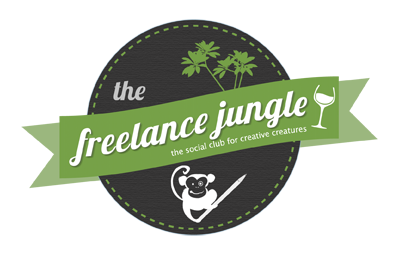Product managers have a fairly simple cycle drilled into us when we create products.
Launching your ideas essentially boils down to:
- Define (what you want to create)
- Design (articulate a roadmap of production)
- Develop (the building)
- Deploy (launch)
- Maintain (looking after & iterating the product once it is out there)
It is a cycle we all naturally use for the most part. However, what makes it different for creatives, freelancers, startups and small business owners is one simple change:
Most micro-creators spend the majority of their focus, labour, sweat, blood, and critical thinking on the definition, design, and development.
Launch is usually conducted in the throes of burn out and a sheer force of will to get it done.
And maintenance doesn’t get a look in.
Why maintenance matters
Once a product is out in the wild, you can learn from it. You can test the assumptions you had, see what features work and what doesn’t. And most importantly, you get to see what audience interacts with it, how they interact, when, and why.
Without that information, we’ve still got a theory with no practical application.
What I notice with most micro-creators is the tendency to over-develop and over-design the things we build.
The assumption seems to be if I build something that is brilliant, perfect, all-encompassing, and robust, I am reducing the risk of failure.
The problem with this assumption is you’re cooking a recipe without a big part of the ingredients – the audience.
Planning, designing, defining, ideating – it all only gets you so far. The real test is in the adoption and how people relate to what you’ve created.
And let me tell you, you may know your audience like the back of your hand. But you don’t always know how they react and respond.
That’s because adoption is influenced by more than your relationship with a consumer, the strength of what you’ve created, or your skill in launching it.
Adoption is influenced by:
- Audience readiness
- Competitors in the market
- Cultural changes and influences
- Interplay with other ideas
- Whims and attitudes
- Market stability
- Appetite for risk
- Availability of funds for taking that risk
- Self-perception in relation to what you’ve created
- Sentiments, moods, feelings, beliefs
- Previous experiences
And so it goes on.
You cannot possibly plan for all that. And that’s where a focus on maintenance pays for itself.
In the maintenance phase, you can see what happens between your creation and the audience in real time. You can also spot other people you never anticipated looking over the fence and do something about their interest. You can notice trends in adoption and cater to them, remove roadblocks to adoption, and iterate the product around how the audience reacts and responds.
How you do that is by:
- Testing the concept before you build through things like coming soon sign ups, RSVPs for events and webinars, and micro-versions of larger ideas
- Challenging the mindset that leads you to attempt to reduce risk by over-designing and over-developing by finding out why you do it (e.g. risk mitigation, the fear of failure, fear of rejection, over-proving yourself, people pleasing, perfectionism, etc.)
- Building RAT and MVP versions (Rapid Assessment Tests vs Minimum Viable Products)
- Leaving at least 40% of your labour and funding budgets for the deployment and maintenance phases
- Creating agile ideas that can change to meet the audience if you need to
- Spending time with risk and overcoming some of the challenges it presents for you
Birthing a great idea or product is not enough
We have to nurture it. Especially now we have to fight so many variables related to platform visibility, audience defragmentation, and market fatigue.
But we’ve always owed our ideas a greater commitment post launch. One that goes beyond repetitive promotion or marketing tactics.
We have to listen to them, learn from them, and give them what they ask for to survive.
Getting your products and ideas out sooner to interact with their true audience is a lot smarter than building something brilliant that nobody wanted, can find, or feels connected to.
Need a hand to figure out how to balance your creation energy better and make the maintenance stage work rather than be the place where you sit, exhausted, wondering why what you built didn’t work?
I’m keen to help you learn from your new ideas with minimal risk and maximum effect. Or help you pivot what you’ve launched so it gets better adoption.


